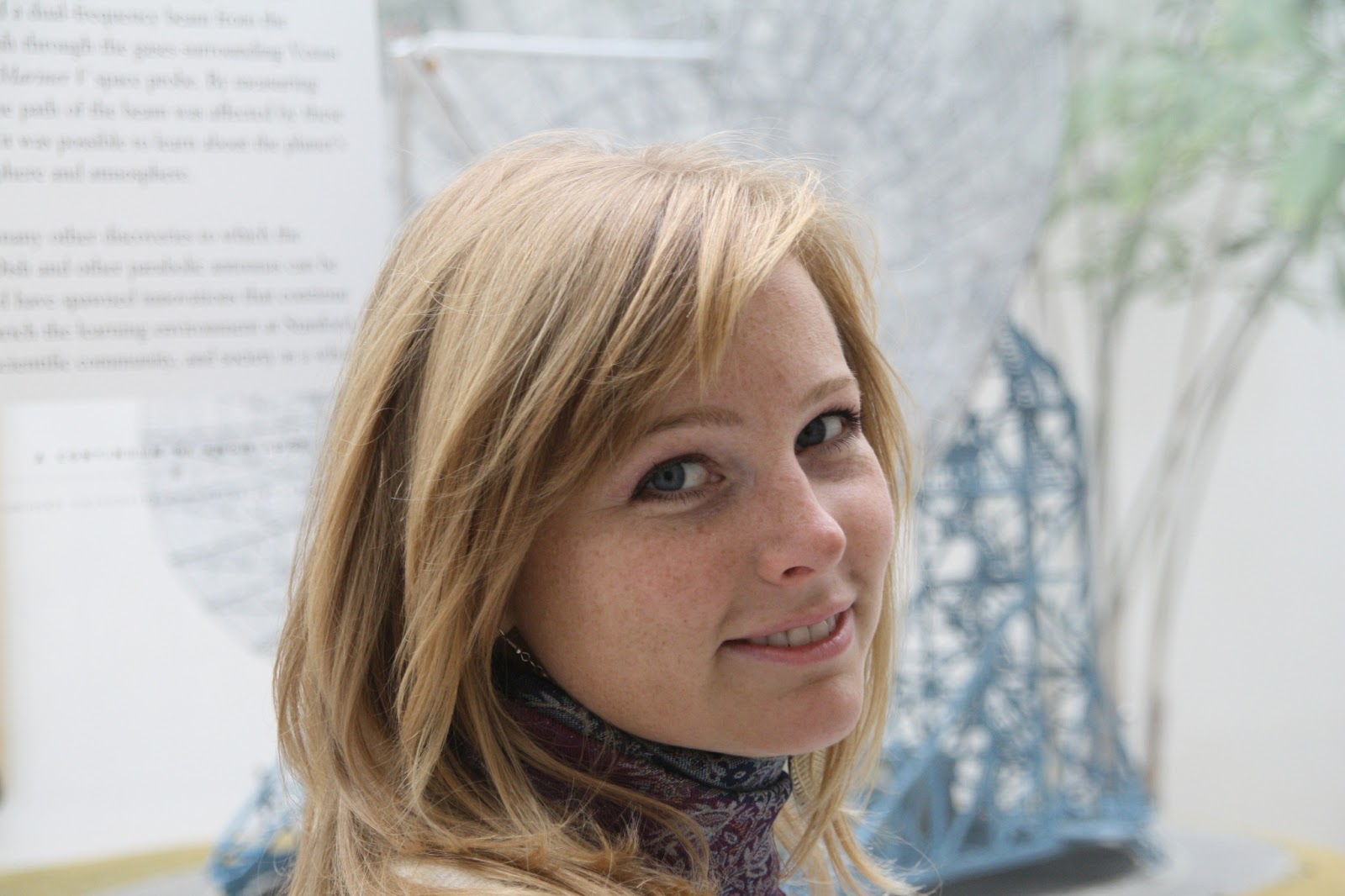 |
| Ahmet F. Coskun |
Human reproduction has been responsible for genetic diversity among offspring, resulting in unique features in human populations. Remarkable factors causing this diversity include the variations in the genome of the sperms or eggs due to recombination and mutation, the journey of the highly specialized sperms to the egg, and the selection of the successful sperm from a population of millions of sperms. There is still much we need to know about the underlying mechanisms of these processes. To this end, recently emerging
on-chip technologies shed light on the genetics, movement, and the selection of sperms toward understanding the key dynamics in human reproductive system.
Stanford researchers, led by Prof. Stephen Quake, have sequenced the whole genome of a single sperm cell using a high-throughput microfluidic sequencing device.
1 Based on a genome map extracted from 91 single sperm cells of a 40 year-old man, the genetic diversity of single sex cells is demonstrated, revealing the recombination and mutation in the DNA of an individual. Such an automated high-precision microfluidic system, combining parallelized analysis of single chromosomes, could especially be important to understand the reproductive disorders and its relation to individuals’ condition such as age and health, as well as artificial fertilization applications. This research reveals the genetic diversity of sperm cells extracted even from the same individual (see Fig. 1a).
 |
|
FIGURE 1. On-chip technologies for sperm analysis are
illustrated, where (a) a high-throughput microfluidic platform reveals genetic
diversity in sperms, (b) a lensfree imaging system tracks sperms in 3D, and (c)
a microfluidic sorter isolates the viable motile sperms from the rest. (Image courtesy of Gulcin Becerik)
|
Our work at UCLA, led by
Prof. Aydogan Ozcan, have developed a lens-free 3D imaging technique that can track the 3D motions of more than 1,500 sperms simultaneously, demonstrating the unique swimming patterns of single sperm cells.
2 With its large-scale analysis capability, our study revealed the rare 3D pathways of sperm movements, including a helical spiral pattern that is 90 percent of the time in clockwise (right-handed) direction (see Fig. 1b). Such a high-throughput lens-free imaging platform could be useful to understand how the sperm moves in three dimensions. Although these findings may not be helpful to directly explain how the journey of the sperm to the egg occurs in the human body, it is still worthwhile to uncover the swimming patterns of single sperms for further biophysical studies.
Semen sample comprises various types of physiologically different sperm cells, including dead cells, non-motile viable cells and motile viable cells. For human reproduction, the “lucky” sperm reaches the egg and initiates the fertilization in the human body. In the case of male infertility, this process is performed “in vitro”, which refers to the process performed outside the body, and requires careful selection of the “lucky” sperm and injection into an egg. Recently, on-chip devices
3-4 have enabled characterization of the sperm types and then collecting the “viable” and/or “motile” ones in a separate chamber to rapidly perform the in vitro fertilization with a better success rate (see Fig. 1c).
So on-chip technologies may help us understand the human reproductive system, especially for sperm analysis. Such systems, combined with their high-throughput and automated screening capabilities, could especially be very significant to uncover the genetic diversity, 3D motion patterns, as well as the assortment process of the sperms.
REFERENCES
1. J. Wang, H. C. Fan, B. Behr, and S. R. Quake,
Cell, 150, 2, 402-12 (July 20, 2012); doi: 10.1016/j.cell.2012.06.030.
2. T-W. Su, L. Xue, and A. Ozcan,
Proc. Nat. Acad. Sci.,
3. D. Lai, G. D. Smith, and S. Takayama,
J. Biophoton., 5, 8-9, 650-660 (August 2012).
4. A. T. Ohta et al.,
Lab Chip, 10, 23, 3213-7 (December 7, 2010).
AHMET F. COSKUN received his BS degrees in Electrical Engineering and Physics from Koc University, Turkey and MS degrees in Electrical Engineering (Major) and Chemistry and Biochemistry (Minor) from University of California, Los Angeles (UCLA). He is now pursuing his PhD degree in Electrical Engineering at UCLA, where he is conducting research in the Biophotonics Lab at UCLA under the supervision of Prof. Aydogan Ozcan. His main areas of research are widefield on-chip imaging and high-resolution microscopy for biomedical applications. He has authored or co-authored more than 50 peer reviewed research articles in major journals and conferences.
He is also a member of the Optical Society (OSA); SPIE, the International Society for Optics and Photonics; the Institute of Electrical and Electronics Engineering (IEEE), and the Biomedical Engineering Society (BMES). He is also the founder and president of the SPIE Student Chapter and the founder and vice president of the OSA Student Chapter at UCLA.




